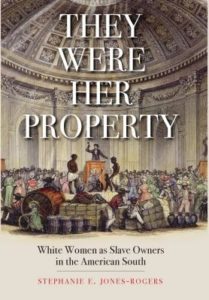A Berkeley Book Chat with Christopher Tomlins, author of
In the Matter of Nat Turner: A Speculative History
 In 1831 Virginia, Nat Turner led a slave rebellion that killed fifty-five whites; after more than two months in hiding, he was captured, convicted, and executed. The figure of Turner had an immediate and broad impact on the American South, and his rebellion remains one of the most momentous episodes in American history.
In 1831 Virginia, Nat Turner led a slave rebellion that killed fifty-five whites; after more than two months in hiding, he was captured, convicted, and executed. The figure of Turner had an immediate and broad impact on the American South, and his rebellion remains one of the most momentous episodes in American history.
Working against the historical caricature of Turner as befuddled mystic and self-styled Baptist preacher, Christopher Tomlins (UCB Professor of Law) probes the haunting persona of this legendary American slave rebel — exploring Turner’s self-discovery, the dawning of his Christian faith, and the impossible task given to him by God. Tomlins also undertakes a critical examination of William Styron’s 1967 novel, The Confessions of Nat Turner, which restored Turner to the American consciousness in the era of civil rights, black power, and urban riots.
Christopher Tomlins is the author of many books and articles on legal history. His primary affiliation at Berkeley Law is to the Jurisprudence and Social Policy (PhD) program, in which he teaches courses on legal history and, in particular, the history and law of slavery.
Tomlins is joined by Bryan Wagner (UCB Associate Professor of English). Wagner is the author of “Disarmed and Dangerous: The Strange Career of Bras-Coupéé” (Representations 92) and other works on on African American expression in the context of slavery and its aftermath, legal history, and vernacular culture.
After a brief discussion, they respond to questions from the audience.


 In
In